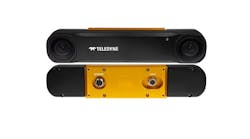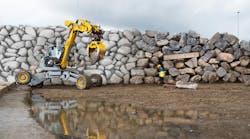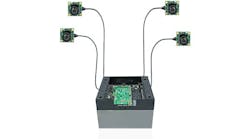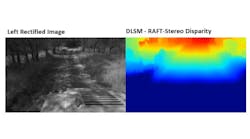Driver-on-demand service Uber is teaming up with Carnegie Mellon University (CMU) to create the Uber Advanced Technologies Center, which will focus on the development of key long-term technologies, including self-driving cars.
MORE ARTICLES
NASA partners with Nissan on self-driving cars
Google introduces first operational self-driving car
Report: Self-driving car market represents $87 billion by 2030
The center will provide a forum for Uber technology leaders to work closely with CMU faculty, staff, and students—both on campus and at the National Robotics Engineering Center—for research and development purposes, primarily in the areas of mapping and vehicle safety, and autonomy technology, according to an official Uber statement.
"We are excited to join the community of Pittsburgh and partner with the experts at CMU, whose breadth and depth of technical expertise, particularly in robotics, are unmatched," said Jeff Holden, Uber Chief Product Officer. "As a global leader in urban transportation, we have the unique opportunity to invest in leading edge technologies to enable the safe and efficient movement of people and things at giant scale. This collaboration and the creation of the Uber Advanced Technologies Center represent an important investment in building for the long term of Uber."
Uber has already hired more than 50 senior scientists from Carnegie Mellon, as well as from the National Robotics Engineering Center, a CMU-affiliated research entity, according to TechCrunch. Carnegie Mellon declined comment, but one source told TechCrunch that Uber has "cleaned out" the Robotics Institute. The article also notes that Uber has already hired a number of employees for the center, and that several hundred thousand dollars may have already been spent on third-party engineering workstations.
This news comes shortly after both Google, Nissan, and NASA have made headlines regarding driverless car technology. In December, Google unveiled its first fully-functioning self-driving vehicle, which will hit the streets of California this year. Prior to its testing in the streets of California, Google is using the vehicle on a test track using a safety driver. Eventually, Google will develop 100 prototype cars that operate with only two buttons: Go and stop.
Page 1 | Page 2







